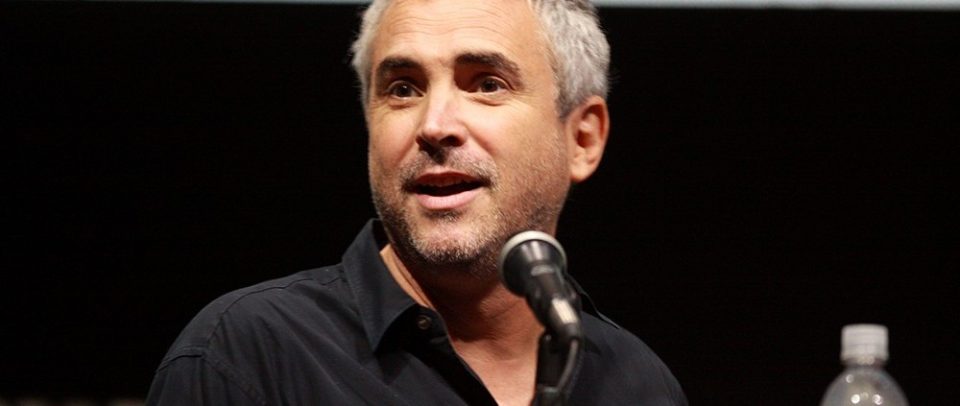A new kind of science-fiction
In the past few years we heard a lot of people talking about a “sci-fi”’s renovation. Movies like “Arrival“, “Interstellar” or the less famous “Moon” by Duncan Jones, helped the viewer to think about space in an innovative way. It is not about intergalactic fights or aliens threatening to invade the earth anymore, instead, the stories have became a slower, quieter and more philosophical tales about the infinity and the looniness of the outer space. The masterpieces by Nolan and Jones speak of two astronauts finding themselves a billion miles from home, like “The martian” Matt Damon in the homonymous film by scott; “Arrival” approaches aliens in a linguistic way, in which humanity is dealing with the unknown.
All of this features (which, by the way, were all very successful), have a deep connection to “Gravity”, one of the most awarded pictures of the past few years. Cuaron’s movie, presented in Venice, obtained seven oscars and was globally critically acclaimed. But what is it that make “Gravity” so innovative?
Cuaron’s Cinema, from The children of the men to Gravity
Back in 2015, Cuaron has been one of the main guests at the Lucca Film Festival e Europa Cinema. During a masterclass he had, he spoke about his all career, starting from his early friendship and collaboration with “El chino”, Emmanuel Lubezki. He also spoke about his bigger projects, like “Harry Potter and the prisoner of Azkaban”, but, most of all, he said a few words about what is, together with “Gravity”, his best movie and the starting point of the “new sci-fi”: Children of men.
Before the movie came out, in 2006, the audience had never witnessed a movie which describes a terrible diastolic future in such a tender, human way.
Altough the movie tells the story of the beginning of the apocalypse (in 2027, women can’t get pregnant anymore, condemning humanity to extinction), it manages, thanks to the great interpretation of Clive Owen, to be extremely sweet. At the center of the movie we find human beings and not robots. The protagonist is a normal man, who, for solidarity and seek of redemption, is willing to sacrifice his life in order to continue the course of history and save the human species. The biggest innovation of Cuaron is that he put, again, a human being as the center of the story. His journey is a texture of human feelings and of the solidarity that we need to carry on. By telling the story of an astronaut that is left clueless and lost in space, “Gravity” speaks of a human’s will to live and tests his surviving abilities.
The relationship between Clooney’s and Bullock’s characters is similar to the one in “The children of the men”. One person helps another for a spirit of solidarity, very simple and pure, as much as the feelings that are depicted in dramas. Those two movies are two dramas, but they can count on the marvelous aesthetic that Cuaron created: the space for “Gravity” and the ending of the world in “Children of men”.
Roma, Cuaron’s next Mexican project
The director has been able to bring some simple feelings in a complex genre. He totally got rid of the typical manichean Sci-fi’s plot (Good vs evil) in order to make movies about humanity. His next project makes no difference. “Roma“, which is rumored to come out in 2018, will not be a sci-fi movie but a small Mexican production set in Ciudad de Mexico. Nonetheless, the director will be dealing again with a relationship between two humans, a couple, in the eighties. We’re looking forward to it!



